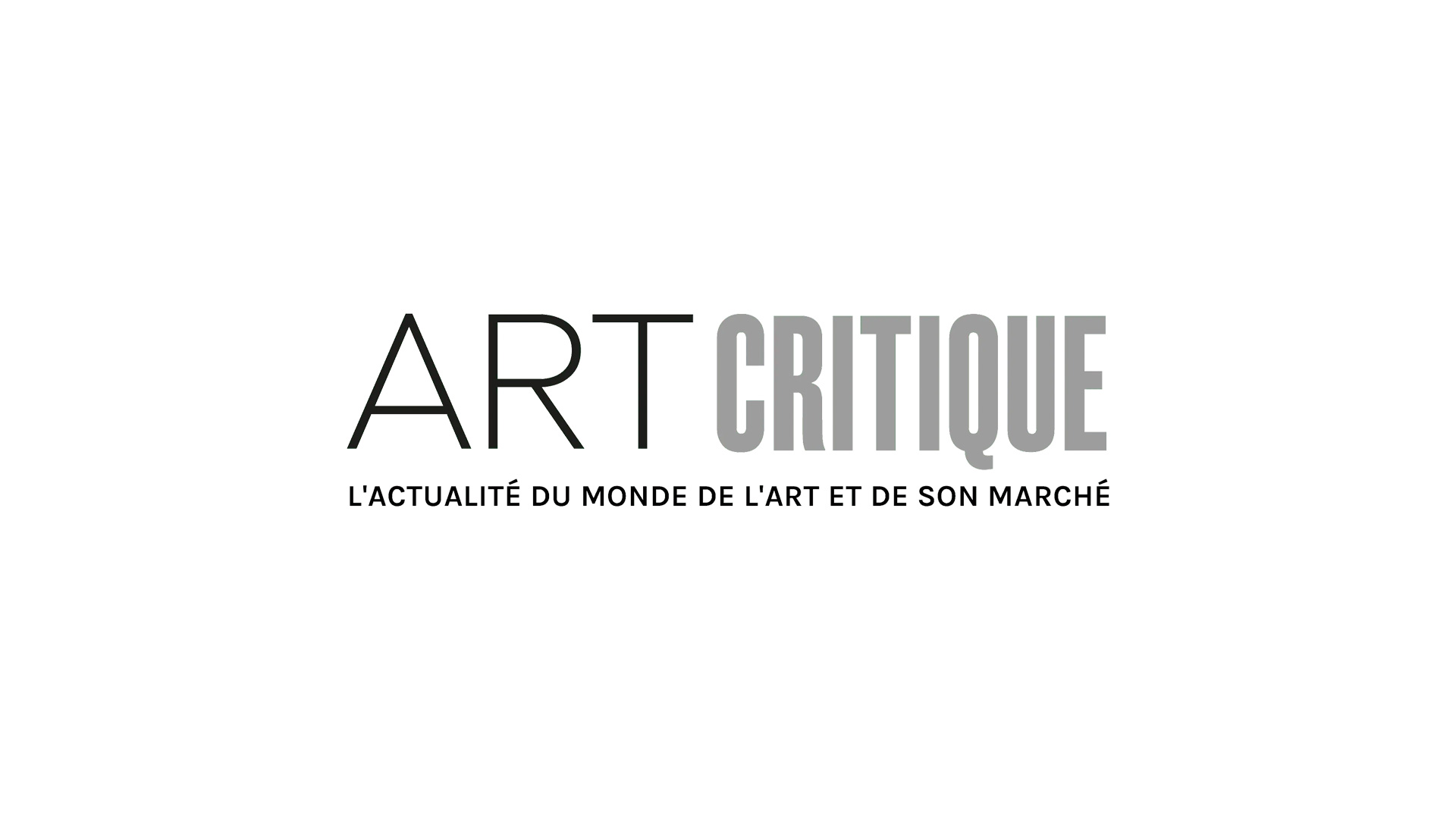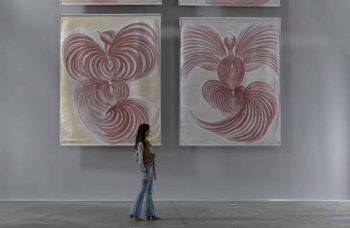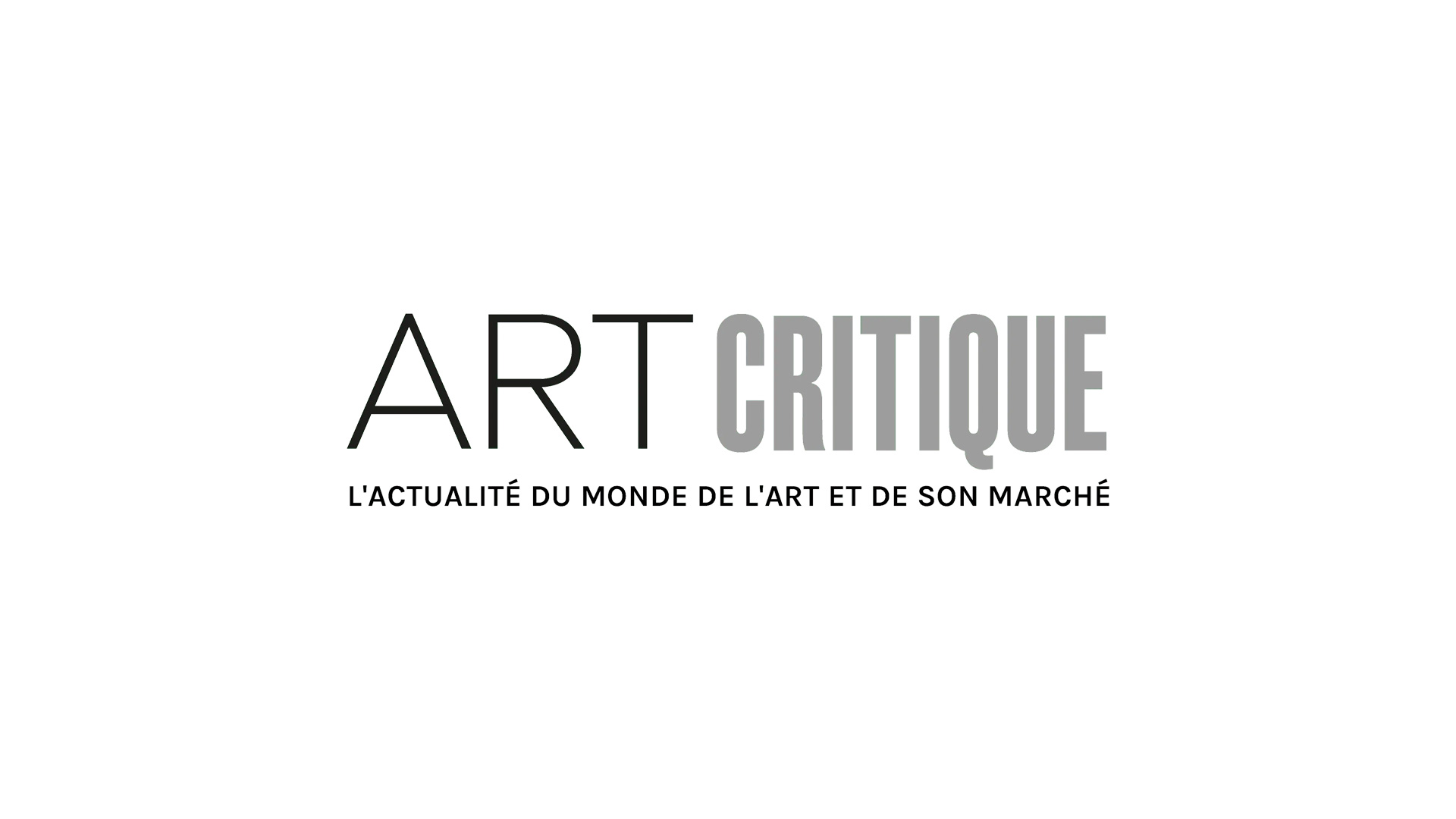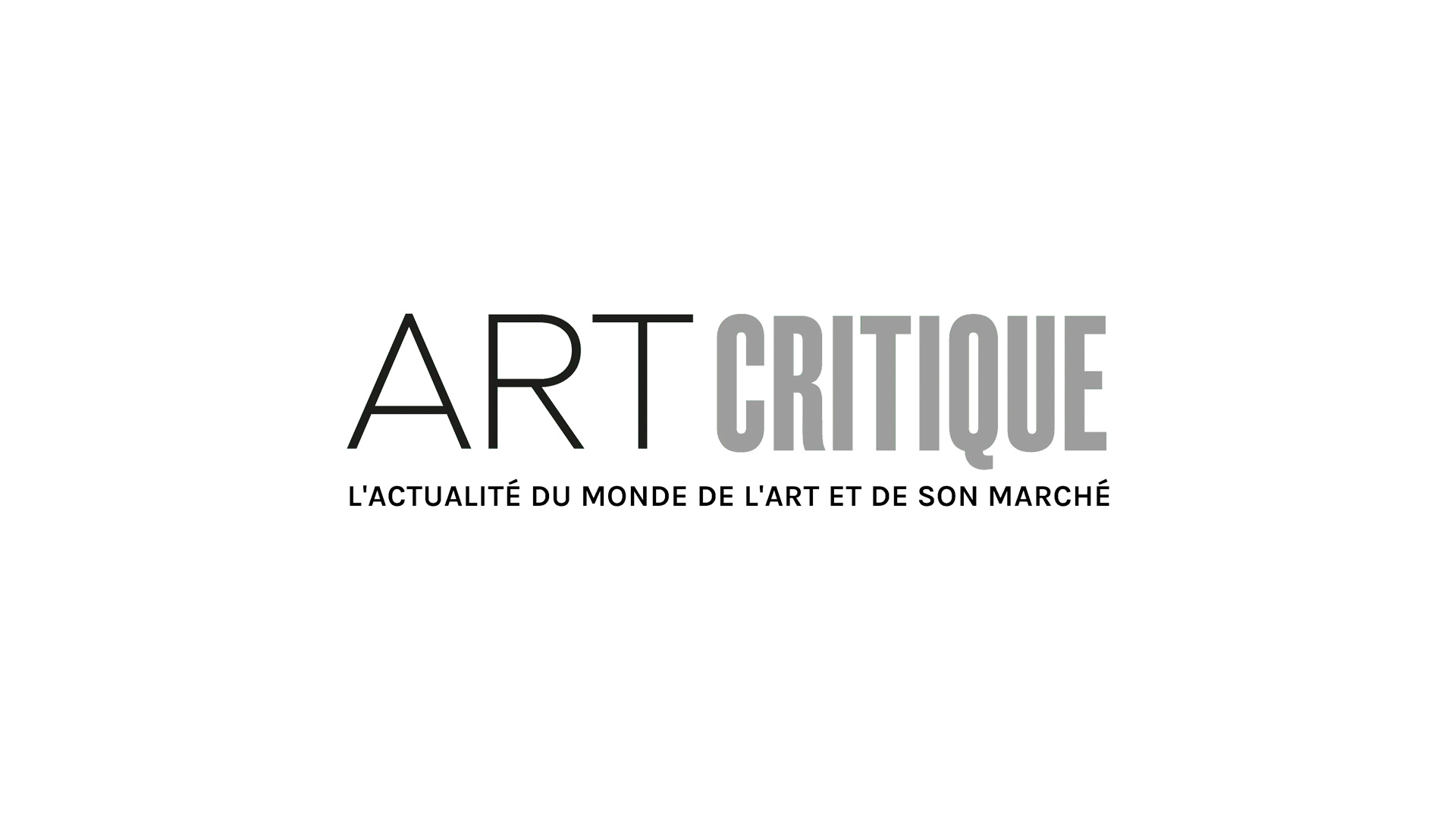In response to one senator’s call to remove the Sackler name from a major gallery at the Smithsonian, the institution has announced that it will not be removing the family’s name due to contractual agreements.
In June, Jeff Merkley, a US senator for Oregon, penned a letter to Lonnie Bunch, the newly appointed secretary of the Smithsonian, who at that time had only been in office for a few days. In that letter, Merkley said in part:
‘While the Sackler family has provided philanthropic support to several major cultural institutions around the world, including the Smithsonian’s Sackler Gallery of Art, the Sackler family hooked thousands of Americans on OxyContin through aggressive and misleading marketing tactics and profited from one of the deadliest health crises in our country.’
He recognized the family’s ongoing philanthropic giving but noted that he believed the Sackler name should be removed from the Smithsonian’s Asian art museum as it has ‘no place in taxpayer-funded public institutions.’ His request comes after more than 1,500 lawsuits have listed Sackler family members, primarily the descendants of Mortimer and Raymond Sackler who were directly involved in the development and marketing of OxyContin through Purdue Pharma, which they founded.
The Smithsonian responded to the letter stating that the family’s name would not be removed because it is legally required to maintain the name. The letter released by Bunch explained that the $50 million in donations of Asian art and the additional $4 million given to help fund the building of the portion of the museum was given by Arthur M. Sackler and his name was required to accompany the museum. It would be four years after Arthur’s death that his brothers, Mortimer and Raymond, would found Purdue Pharma. Also, Arthur Sackler is not named in any of the ongoing lawsuits.
‘The legal agreement signed between the Smithsonian and Arthur M. Sackler was in keeping with the Smithsonian’s recognition practices at the time and obligated the Smithsonian to designate the facility as the Arthur M. Sackler Gallery in perpetuity,’ wrote Bunch in the letter to Merkley. ‘For this reason, the Smithsonian cannot remove the Sackler name from the Gallery without breaking this commitment.’
Bunch went on to explain that in 2011, the Smithsonian reviewed their rules for naming galleries and portions of their museums. At that time, they decided that from then on, naming rights would be limited to 20 years. However, the buildings named prior to that were essentially grandfathered in.
Finally, Bunch acknowledged and seems to understand the concerns raised Merkley and others adding: ‘[p]lease know that we appreciate that, in order to maintain and preserve the public trust, we must meet the highest ethical standards in all of our activities.’





